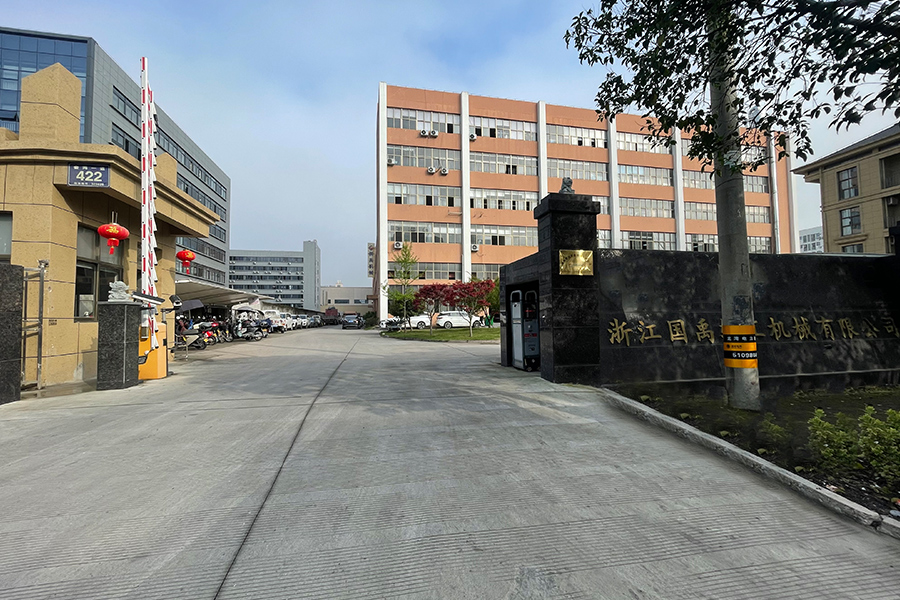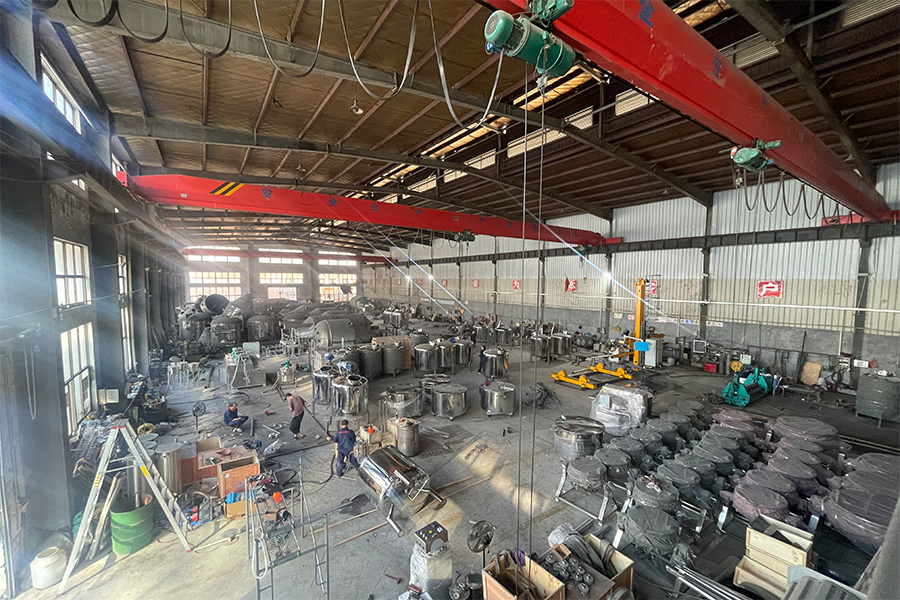-
 [email protected]
[email protected]
-
 +86-13706666922
+86-13706666922

The biotechnology and food production sectors are experiencing significant advancements in fermentation tank technology, enabling more efficient and precise bioprocessing operations. These specialized vessels serve as the foundation for countless industrial processes, from pharmaceutical manufacturing to craft beverage production. Modern fermentation tanks incorporate sophisticated design features that optimize microbial growth conditions while improving operational efficiency and product consistency across various applications.
Recent developments in fermentation tank design focus on enhancing process control and scalability. Many contemporary systems feature integrated sensor arrays that monitor critical parameters including temperature, pH, dissolved oxygen, and nutrient levels throughout the fermentation cycle. Advanced fermentation tanks now utilize automated control systems that adjust conditions in real-time to maintain ideal environments for specific microbial cultures. These technological improvements allow operators to achieve higher yields and more consistent product quality while reducing manual intervention requirements.
Material selection remains crucial in fermentation tank construction to ensure compatibility with diverse biological processes. High-grade stainless steel continues to dominate for its durability and cleanability, while specialized coatings protect against corrosive fermentation byproducts. Some newer fermentation tank designs incorporate transparent viewing ports or sight glasses that allow visual monitoring without compromising sterility. These material innovations help fermentation tanks meet stringent hygiene standards while withstanding repeated sterilization cycles in industrial settings.
The pharmaceutical industry has driven demand for highly specialized fermentation tanks capable of maintaining ultra-pure cultures. Current good manufacturing practice (cGMP)-compliant fermentation tanks feature polished interior surfaces, sterile air filtration systems, and validated cleaning processes. Many pharmaceutical-grade fermentation tanks now include advanced harvesting systems that enable continuous product removal without disrupting the fermentation process. These precision-engineered systems demonstrate how fermentation tank technology supports critical healthcare product manufacturing.
Craft beverage producers are adopting smaller-scale fermentation tanks with enhanced customization options. Many modern craft fermentation tanks include specialized features for specific beverage types, such as conical bottoms for yeast collection in beer production or wide-diameter designs for wine fermentation. Temperature-controlled fermentation tanks have become standard in quality-focused operations, allowing precise management of flavor development. Some systems now integrate carbonation capabilities directly into the fermentation tank, streamlining production processes for small beverage manufacturers.
Industrial-scale fermentation tanks have seen substantial improvements in energy efficiency and mixing performance. New impeller designs and baffle configurations optimize nutrient distribution while small power consumption in large-volume fermentation tanks. Some systems now incorporate external loop configurations that improve oxygen transfer rates for aerobic processes. These engineering refinements help reduce the environmental impact and operating costs of large-scale bioprocessing operations using fermentation tanks.
Sanitation and cleaning systems for fermentation tanks have advanced significantly in recent years. Many modern fermentation tanks feature clean-in-place (CIP) systems with programmable cycles that ensure thorough cleaning without disassembly. Some designs include rotatable spray balls that improve cleaning coverage, while others utilize advanced surface finishes that resist biofilm formation. These sanitation improvements help fermentation tanks maintain product purity and reduce downtime between batches.
Future developments in fermentation tank technology may include "smart" systems with machine learning algorithms that predict ideal process parameters. Some experimental designs explore integrated separation technologies that combine fermentation and initial purification steps. As bioprocessing industries continue to grow and evolve, fermentation tanks will remain essential tools that combine biological science with precision engineering to create valuable products.







